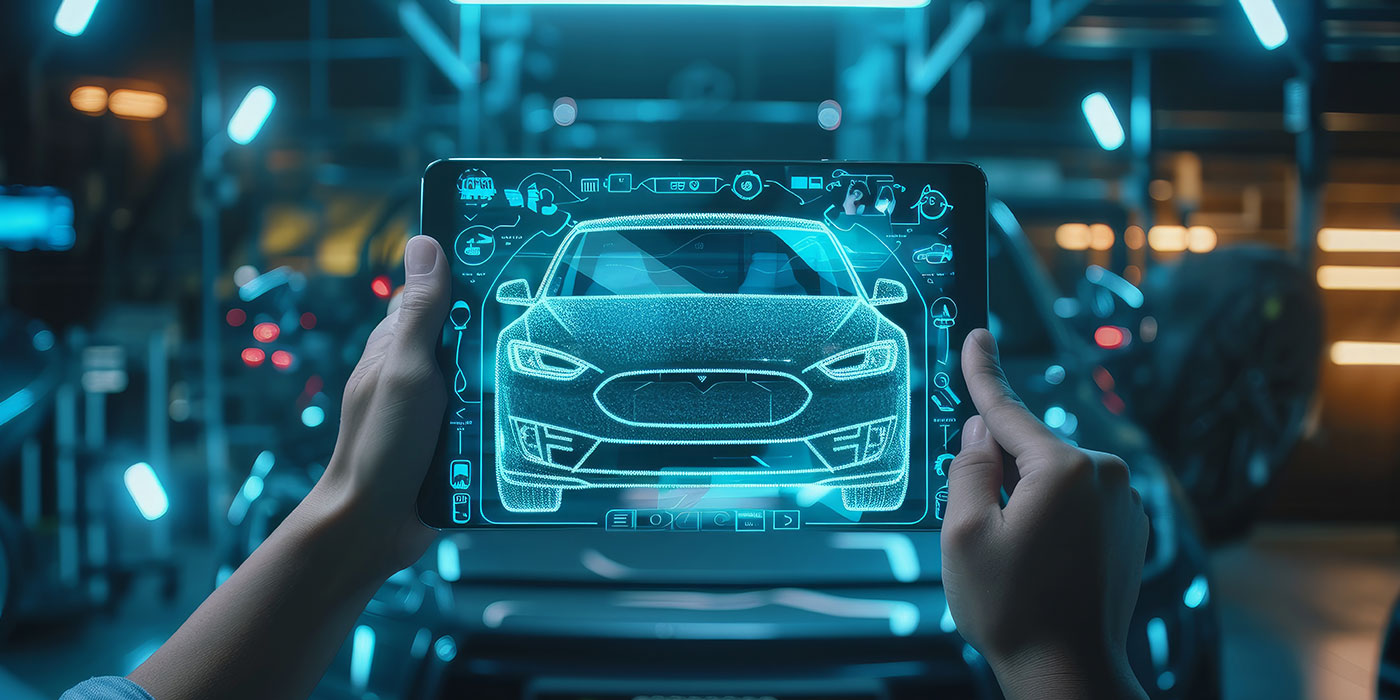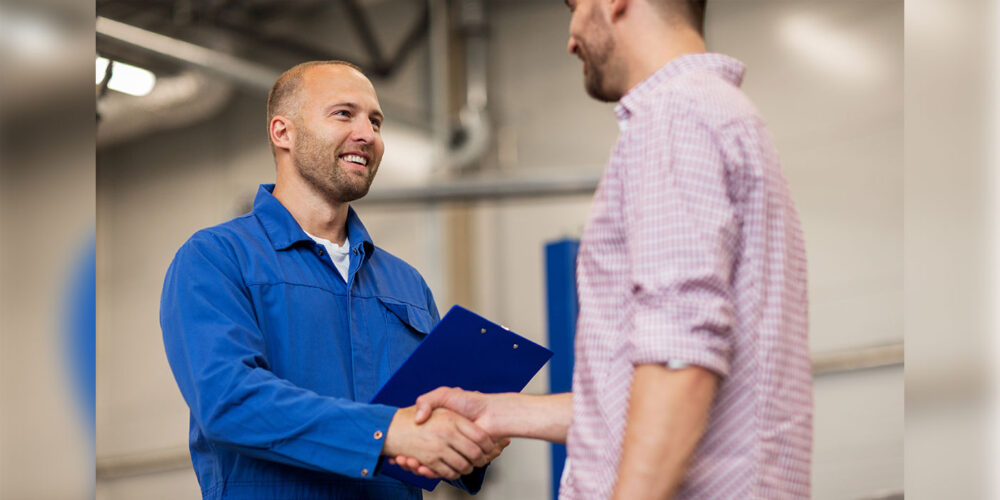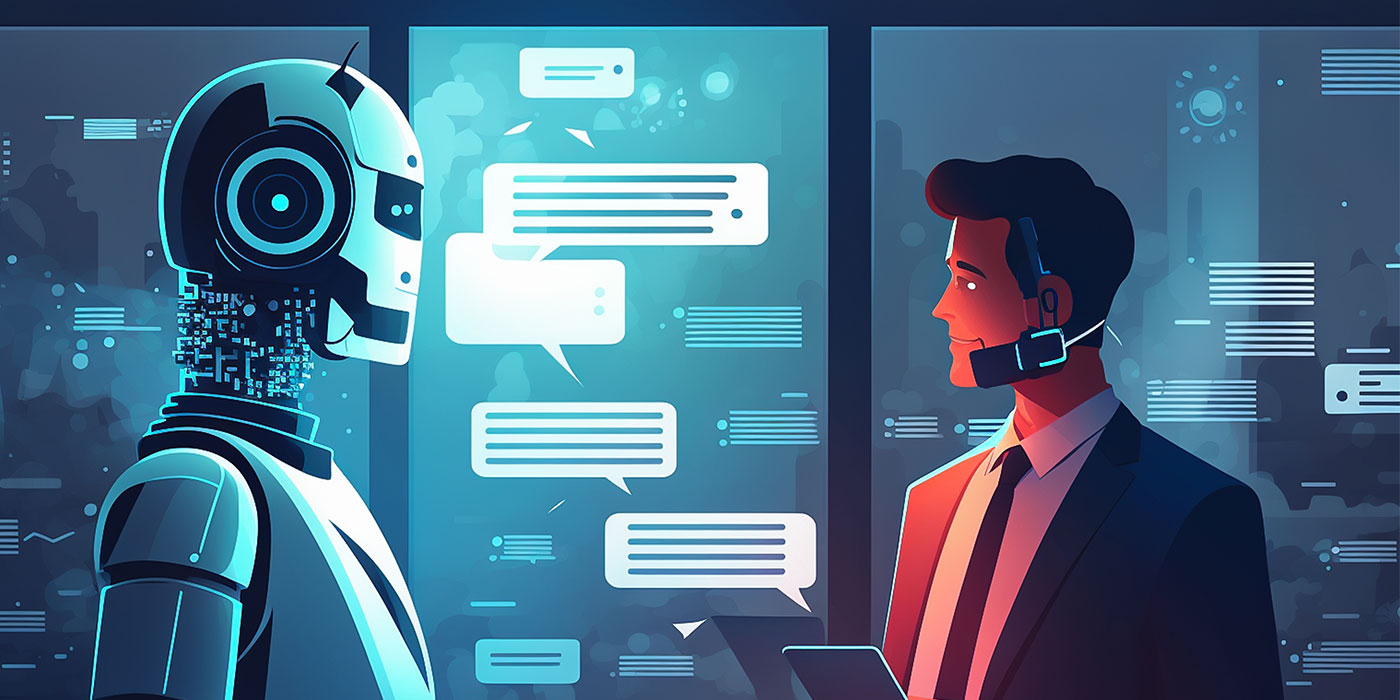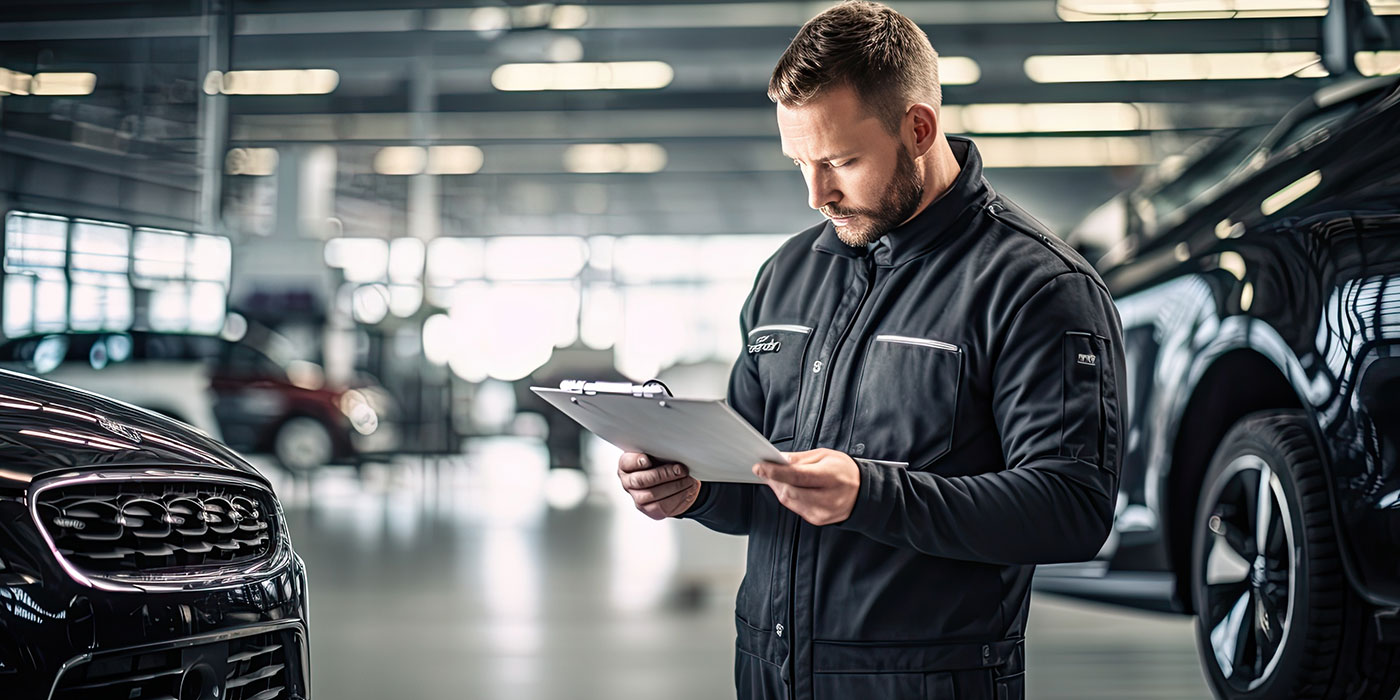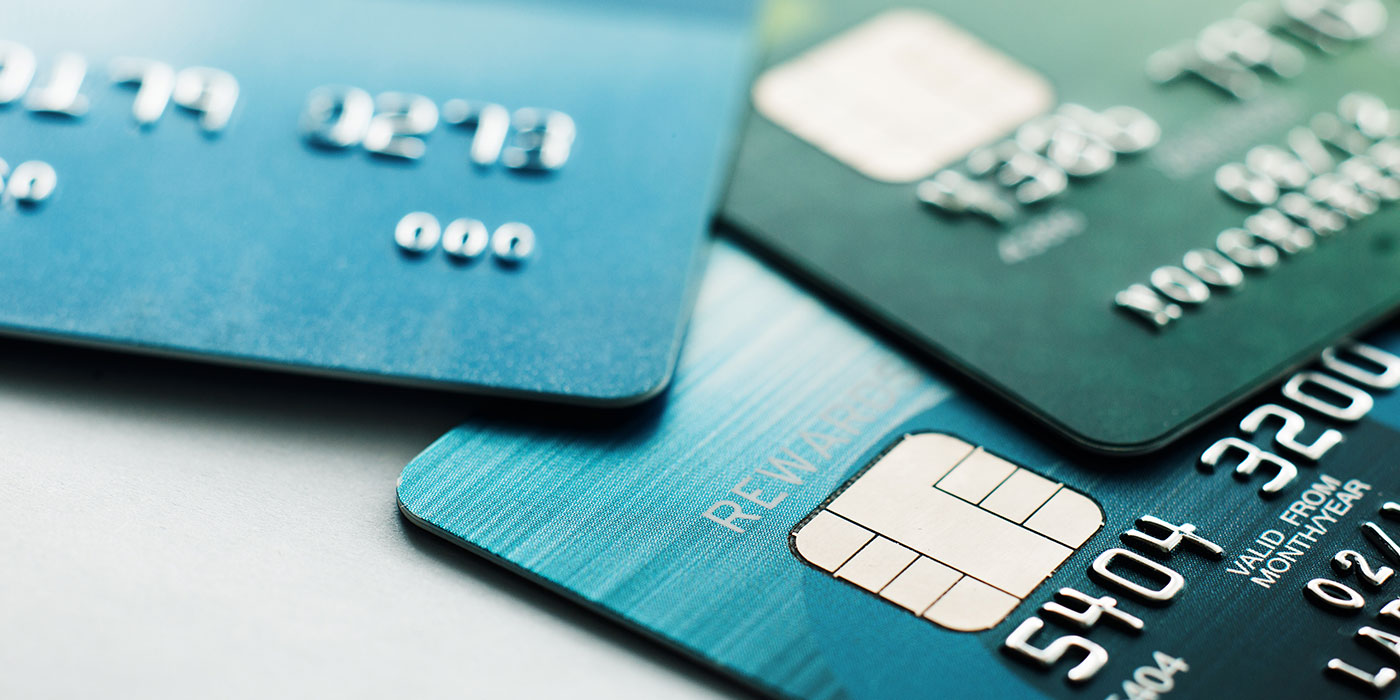In 2017, car sales in the United States slowed down from the previous six years. Nonetheless, over 17 million vehicles were sold. Last year, sales increased by less than 1 percent. By any definition, that’s still a lot of inventory. And all of that inventory physically sat on a lot or a truck someplace before it was purchased.
Which begs the question: How do dealerships keep track of these assets in a dynamic business where vehicles are frequently sold, serviced or otherwise moved?
Fortunately, we are living in the Age of IoT, the Internet of Things, which makes the logistics of tracking and managing vehicle inventory easier and more accurate than ever before.
Already vast, the IoT is a rapidly growing network of devices or things connected to the internet. Simply put, any stand-alone internet-connected device that can be monitored or controlled from a remote location is considered an IoT device. This includes people-to-machine and machine-to-machine interactions.
Today, there are more connected devices than there are people. In fact, Gartner, a leading research analyst firm, claims the IoT will include more than 26 billion connected devices by 2020, with others predicting even higher numbers.
New cars are “things” that we refer to as inventory and those things can be better managed with the right vehicle locator technology. Two of the most common wireless technologies used are RFID and Bluetooth.
Understanding RFID
Radio-frequency identification (RFID) systems communicate between an antenna or a reader and a tag attached to an object, while Bluetooth technology is used to communicate between two Bluetooth compatible devices.
As inventory management technology evolved, RFID was the initial logical successor to barcode scanning. To work, RFID requires three components: tags, scanners or readers and a database for storing collected information. Tags include microchips that carry information about the scanned product or a serial number that matches to a record in the database.
There are two types of RFID: passive and active. Passive RFID, the most common form used in warehousing, is technology without an internal power source that uses radio waves created by an RFID reader to send its signal. Active RFID, on the other hand, uses a battery or some other dedicated power source.
Advantages of passive RFID include its relatively low per tag cost, as well as its small size and light weight. Whereas, active RFID uses a battery or some other dedicated power source and can transmit uninterrupted radio signals.
Perhaps the greatest disadvantage of an RFID system is in its overall cost, which is high compared to Bluetooth. Although passive RFID tags may be inexpensive, the required RFID readers are not and can cost more than $5,000 per reader, and when the antenna goes down the entire system is paralyzed. RFID tags can also be easily moved from a vehicle to spoof the system. In addition, RFID tags do not guarantee the location of the asset, merely the location of the tag.
Understanding BLE
For asset location, a version of Bluetooth known as Bluetooth Low Energy (BLE) is sometimes preferred. BLE consumes less energy and is cheaper than standard Bluetooth while maintaining the same range. It can also transmit data or receive instructions from other Bluetooth devices, and is compatible with a large installed base of web-connected devices. Like RFID, Bluetooth comes in different flavors. Some systems use a simple tag system that can be used like RFID, while others can tie directly in with the automobile’s technology and supply total information on the vehicle and guarantee that the tag is with the vehicle.
BLE’s capability to communicate easily with smartphones, laptops, tablets and antenna systems helps separate it from RFID solutions. So, how does that work on the lot? Whenever a Bluetooth-enabled car is moved by a team member carrying a smartphone with a detecting app, the car’s exact new location can be picked up and relayed. If a smartphone is not present when a car is moved, the new position can be picked up as soon as another team member’s phone passes within range. Think of it as a form of crowdsourcing.
How secure is the information? First, there’s no need to pair Bluetooth connections; information travels only in one direction, from asset to the smartphone. Second, the signal would be encrypted for security, making it inaccessible to unauthorized users.
One of the advantages of BLE is its overall lower cost to operate and less infrastructure required. Plus, BLE can monitor thousands of assets in real time. Supported by an ever-growing list of internet-access point vendors, BLE can run without additional gateways, helping to keep hardware and other related expenses in check.
Vehicle tracking systems ensure there are no surprises, because the right car is always there when you need to show it. Likewise, a locator can facilitate bank audits and streamline your recall activity and remember, some will tell you the health of your vehicles. The bottom line? If you’re a dealer with hundreds or thousands of vehicles on your lot, the Internet of Things will make your life easier and help you sleep at night — no matter which wireless technology you choose.



